Very few things in America are more important than keeping the lights on.
If you woke up tomorrow and found your computer screen dark, you wouldn’t know how much your investments were worth; you wouldn’t be able to check your bank account.
You wouldn’t know what had happened. You would have a few hours of battery life to use your cell phone to check the news…until the cell network went down.
You would be anxious about not being able to charge that phone and would guard its usage jealously.
Your coffee machine wouldn’t be there to wake you up - assuming your alarm had gone off by then.
In this 12 minute article, we are going to see:
How fragile our electric grid has become
Why it is going to become more fragile
Why this is going to lead to rolling blackouts
Why fossil fuels are not a bad thing
Why renewable energy is a good thing but can’t be the only thing
How Fragile is Our Grid?
Let’s look at two different parts of the country: Texas and New York.
Winter Storm Uri
February 2021 witnessed the arrival of Winter Storm Uri.
Uri was a severe winter storm that started in Canada. It didn’t only strike Texas, but its most significant impact was felt in Texas.
It caused record-low temperatures, extensive power outages, and significant infrastructure damage.
Wind and solar did not deliver, nor did natural gas. A lot of the energy generation infrastructure had not been winterized, which meant pipes and key equipment froze—all preventable at little cost.
The entire grid would have shut down if the Electic Reliability Council of Texas (ERCOT) had not instituted rolling blackouts.
The storm led to over 170 million Americans being placed under winter weather alerts and resulted in at least 290 fatalities.
Uri was the costliest winter storm on record, with damages exceeding $195 billion. $4 billion of those damages were from the risks that emerged from energy derivatives in Texas.
I remember those derivatives because I had to understand them to justify investing in a Texas wind farm. It’s complicated.
I learned that these derivatives are not designed primarily to protect the parties they claim to protect—they are profit centers for the banks' derivatives desks.
Winter Storm Elliot (aka The Bomb Cyclone)
Winter 2022 saw New York within a hair’s breadth of shutting down the electricity grid and the natural gas infrastructure.
It is bad enough to blackout the electric grid. When the juice returns, though, the lights go back on - quickly.
If the gas supply had been shut down, it would have been Armageddon for New York City. Why?
The report by the Federal Energy Regulatory Commission (FERC) and the North American Electric Reliability Corporation (NAERC) is well summarized by the energy commentator Robert Bryce:
In bone-dry language, the report “Inquiry into Bulk-Power System Operations During December 2022 Winter Storm Elliott,” explains how the gas pipeline network in New York nearly failed last Christmas when temperatures plummeted during the bomb cyclone. Freeze-related production declines, combined with soaring demand from power plants, homes, and businesses, led to shortages of gas throughout the Northeast. The lack of gas, as well as mechanical and electrical issues, resulted in an “unprecedented” loss of electric generation capacity totaling some 90,000 megawatts. While the lack of electricity was dangerous, the possibility of a loss of pressure in the natural gas network should send a bone-chilling shiver through the sacroiliac of every politician and bureaucrat in Washington, D.C., New York and the Northeast.
The report explains that if the gas pipeline system had failed, the recovery process in New York City would have taken “months.” In addition, the property damage due to damaged water pipes in homes and buildings would likely have caused hundreds of millions of dollars in damage.
Left unsaid in the report is that the collapse of the gas grid during the period in which temperatures in New York City stayed below freezing would have caused a calamity unlike any other in U.S. history. The cold that lasted from December 23 to December 28 could have resulted in thousands, or even tens of thousands, of deaths. The damage from burst water pipes would have rendered untold numbers of residential and office buildings in New York City unusable.
A friend who works for the federal government in Washington, D.C., and is familiar with the FERC/NERC report told me last week that the loss of gas in New York City would have required evacuating most of the people in the city. Let that soak in for a minute. New York City has roughly 8.5 million residents. Evacuating even 25% of Gotham’s residents during extreme cold would have required a herculean effort. But even assuming such an evacuation could be accomplished, imagine how the country would handle 2 million displaced New Yorkers who could not return to their homes for months. And while you’re at it, imagine if those 2 million New Yorkers had their homes soaked by broken water pipes.Why would New Yorkers have been evacuated? Crews would have needed to go door to door first to ensure the gas supply was safely turned off and then again to ensure it was turned on correctly. Can you imagine that, with 8.5 million New York City residents?
It was that close. I remember the event well. I was in Colorado at the time. If the worst had happened, I would not have been able to return to New York for a while.
Why Is This Happening
It’s tough to run an electricity grid.
You ask the grid for electricity when you pop a couple of slices of bread in the toaster.
You don’t want the kind of electricity you see snaking across the country through high-voltage lines - that would be like emptying a swimming pool into your cup of coffee.
You want the electricity stepped down to 110V and need it only for as long as it takes to brown your toast to the desired color. When the toaster pops, you don’t need the juice anymore.
Electricity has to behave like the perfect guest: it should show up on time and leave when no longer required, with no fuss.
You flip on the TV to check The Today Show, unplug your phone from its charging cord, turn on your induction cooktop to make scrambled eggs or oatmeal and run the coffee machine.
All your neighbors are doing the same thing. And then it’s off to work: unplug your EV that has been charging off-peak all night, drive to the station, and get on the electric train to the city.
You get the picture. Demand always has to equal supply.
The Way It Used To Be
Forty years ago, a group of folks in khakis, button-down shirts, and pocket protectors would meet periodically to forecast demand and plan out supply from coal, natural gas, oil, hydro, and nuclear. They could do so with a high degree of certainty.
That was before renewable energy began to play a role in the grid.
The charts below don’t suggest a massive growth in renewables. Even though the number is 7x greater, it looks modest as a pie slice.
However, the picture is very different regionally. The charts below show two parts of the US with very different energy footprints:
California, where the renewable component is 69% (with aspirations to go to 100%)
And MISO, a mid-western territory whose renewable footprint is 16%.
Too Much Energy Can Be A Problem
In the Pacific Northwest, over 70% of electricity can be supplied quickly by hydropower.
However, there are challenges at certain times of the year. When the snow melts from the Cascades Mountains in the spring, the dams are full, and water needs to flow to supply the hydro.
It could be released into the rivers, but that would be bad for the fish at that point in their cycle, so it is illegal to release the water that way at that time.
The Pacific Northwest is also blessed with abundant wind power and a formidable installed capacity of wind turbines. However, there is a conflict if those turbines spin fast because of the abundant wind.
Although much of the power generated in the Pacific Northwest is exported to other states, there is a practical constraint: the transmission infrastructure is like a busy highway at rush hour - it can’t cope.
Someone is responsible for resolving the conflict. That someone can see the traffic jam building up and has to make some calls.
The first call is to the wind operators to curtail their production - disconnect the wind turbines from the grid and let them spin without generating power.
That isn’t a call the wind operator welcomes because it receives a production tax credit for every kWh of electricity it produces. If it disconnects the turbines, it loses those incentives.
In the Pacific Northwest, the Bonneville Power Authority has to pay the wind operators to disconnect their turbines.
It is not easy to predict wind events, but it is easier to predict spring runoff. The more wind power that is added, the bigger the problem.
It is the same with solar, though solar is more predictable during daylight hours.
The challenge is when the sun goes down. Load balancing authorities know that renewables need about 1.1x backup. When the sun goes down, the electricity has to be provided by wind, nuclear, coal, hydro, or natural gas.
Those resources have to be on standby, ready to ramp up immediately.
The business case for the operators of those backup resources is that if they are to be kept on standby for most of the day, they have to charge more for the times they are in use.
They have to charge more than they would have to charge if they were running all day.
How Does Electricity Get Priced?
Before 1990, the energy grid was regulated and served by vertically integrated utilities, which owned energy delivery from generation through distribution networks to the retail consumer.
Because these utilities had a monopoly in their region, they were regulated as to the amount they could charge. If the energy was supplied through a ‘pipe' to the home or business, the utilities were responsible for adequately providing all the energy types consumers in their region needed.
The key words here are “were responsible.” It was their job to provide and deliver.
Deregulation entered the market after 1990. The diagram below shows the seven regions that are now deregulated. They are called regional transmission operators (RTOs).
These RTOs operate a system in which generators are independent and bid daily in an auction to provide power to the utility, which is still responsible for delivering power to the consumer.
However, the generators are not responsible for delivering the power. If they don’t like the auction's price, they can walk away…and are doing so in increasing numbers as renewables price fossil fuel and nuclear plants out of the market.
The consumer does have choices as to where they can buy their power.
In the past, I have chosen to purchase energy from a clean energy provider. I felt good about that until my wife told me we could get the power much cheaper from our local utility, Coned.
My desire to buy clean energy did not survive that conversation, and I suspect many consumers have felt the same way.
Day-Ahead vs. Real Time
The power auctions occur in the morning of the day before the power is to be provided.
Energy generators bid for the blocks of 24 hours in five-minute increments. The bids continue until all the slots are filled.
If generator A bids $50/kWh for a block and the required amount of power is not filled until operator D completes the process at a bid of $100/kWh, everyone receives the clearing price of $100. Everyone is paid that day.
95% of the power needed is filled the day before. The rest is filled in the real-time market.
But if the wind blows hard the next day and there is sufficient power from the wind to meet the demand for, say, four hours, then the wind will displace the bids from the day before.
Wind operators often bid $0 because they receive production tax credits from the government for every kWh they produce. This will tend to bring down the price of the real-time market.
Adding wind to the generation package on a given day for a given time slot reduces the real-time clearing price to $40/kWh, compared to the $100/kWh established in the day-ahead auction.
The generators who were paid for that time slot the day before will have to repay what they received for their committed generation…but will repay at $40/kWh, pocketing the $60/kWh spread.
This is an excellent deal for the generator, provided they don’t have to pay a greater than $60/kWh penalty for canceling delivery of whichever fuel they planned to burn to supply their commitment.
It's not such a great deal for the utility.
Adding more intermittent energy to the grid makes running it more complex, unstable, and fragile.
Why Are We Choosing To Run Our Grid This Way?
That is a great question.
Most of the developed world is operating on the assumption that:
The level of CO2 in the atmosphere is too high
It is growing too fast
This is contributing to a planet that is warming too fast
That the warming is contributing to a long list of so-called climate disasters
That fossil fuels and our addiction to them is the problem
That renewable energy, if only we could spread it far and wide, would solve our problems
We need to spend whatever it takes to accomplish this
Notwithstanding a great deal of self-flagellation, we have been doing a decent job of reducing our carbon footprint.
The developing world, however, has a different set of assumptions and is behaving quite differently:
India is deploying vast amounts of coal
Guyana plans to use its rich seam of oil to extract itself from poverty
China, ironically, to produce the solar panels it is supplying to the world, has to use growing amounts of thermal coal
Same story in Vietnam and Indonesia
I have used these charts in a previous post, but they are worth repeating here:
The following chart illustrates why developing countries plan to use as much fossil fuel as possible. It is their primary way of lifting themselves out of poverty. Can you blame them?
We choose to run our grid this way because we believe assumptions 1-7 above and have already achieved a high GDP per capita.
We think we can afford these luxury beliefs and never fail to articulate them at the annual conferences referred to as COP that preach the virtues of renewable energy to the world and try, each year, to include strict limits on fossil fuels.
In case we are wrong and in case we make our grid so fragile that it starts breaking more often than we can tolerate, we might take some comfort from the following two charts:
Renewable Energy Has a Place
Harnessing the power of the sun and the wind makes sense - they are, after all, free resources.
We need to cost them properly, factoring in the cost of backup energy sources that address their intermittent footprint and factoring in some of the quirks, such as “ride-through.”
Ride-through is a problem caused by inverters that translate the direct current (DC) produced by renewable energy into alternating current (AC).
If those inverters cannot handle under- or overvoltage variations or over- or under-frequency variations, they will create instability when the variations happen.
The cost of the equipment needed to smooth out those effects should be included in the cost analysis of renewable energy installations. However, that isn’t always the case.
We need batteries to smooth the transition from intermittent resources to their backup. Nuclear and combined cycle gas turbines take some time to ramp up. Batteries can make that happen.
They deserve their government tax incentive but will not replace the backup resources at scale.
Takeaways
Our operating assumptions about the mixture of renewable and fossil fuels create an increasingly fragile grid.
We are seeing warning signs of this fragility as severe winter storms have devastating effects that we barely manage to keep at bay.
The price of our luxury beliefs may lead to catastrophe if we don’t recognize that renewable energy is only part of the solution.
We have increased our renewable energy pie share from 1% to 7% over 20 years. The Obama administration established a goal—not passed into law—of 25% renewable energy in the energy mix by 2025.
We will have fossil fuels as an energy source for many decades.
We should consider allocating some of the resources currently devoted to incentivizing renewable energy to mitigate the effects of fossil-fuel-induced warming.
We should continue to support the increased focus on nuclear energy.






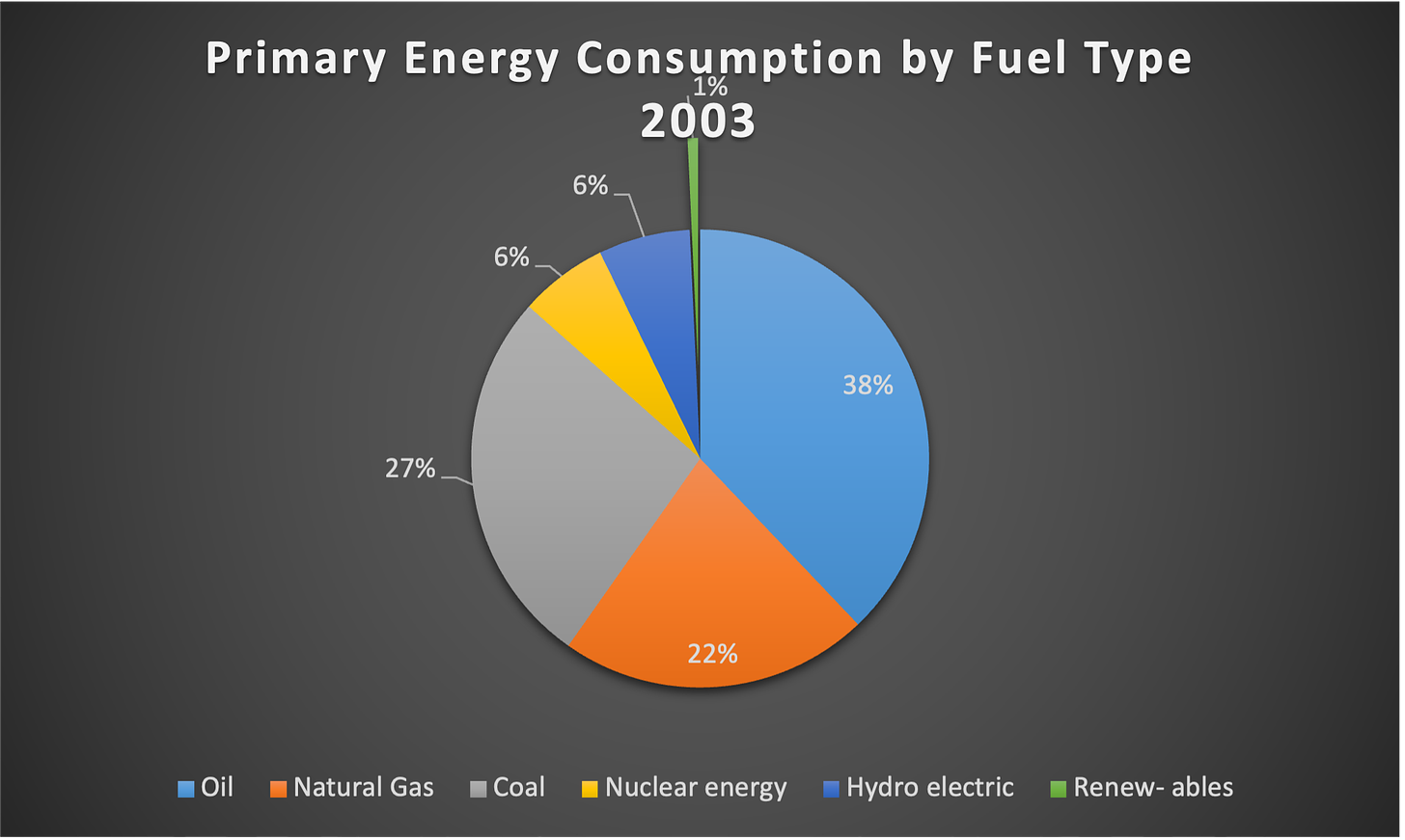
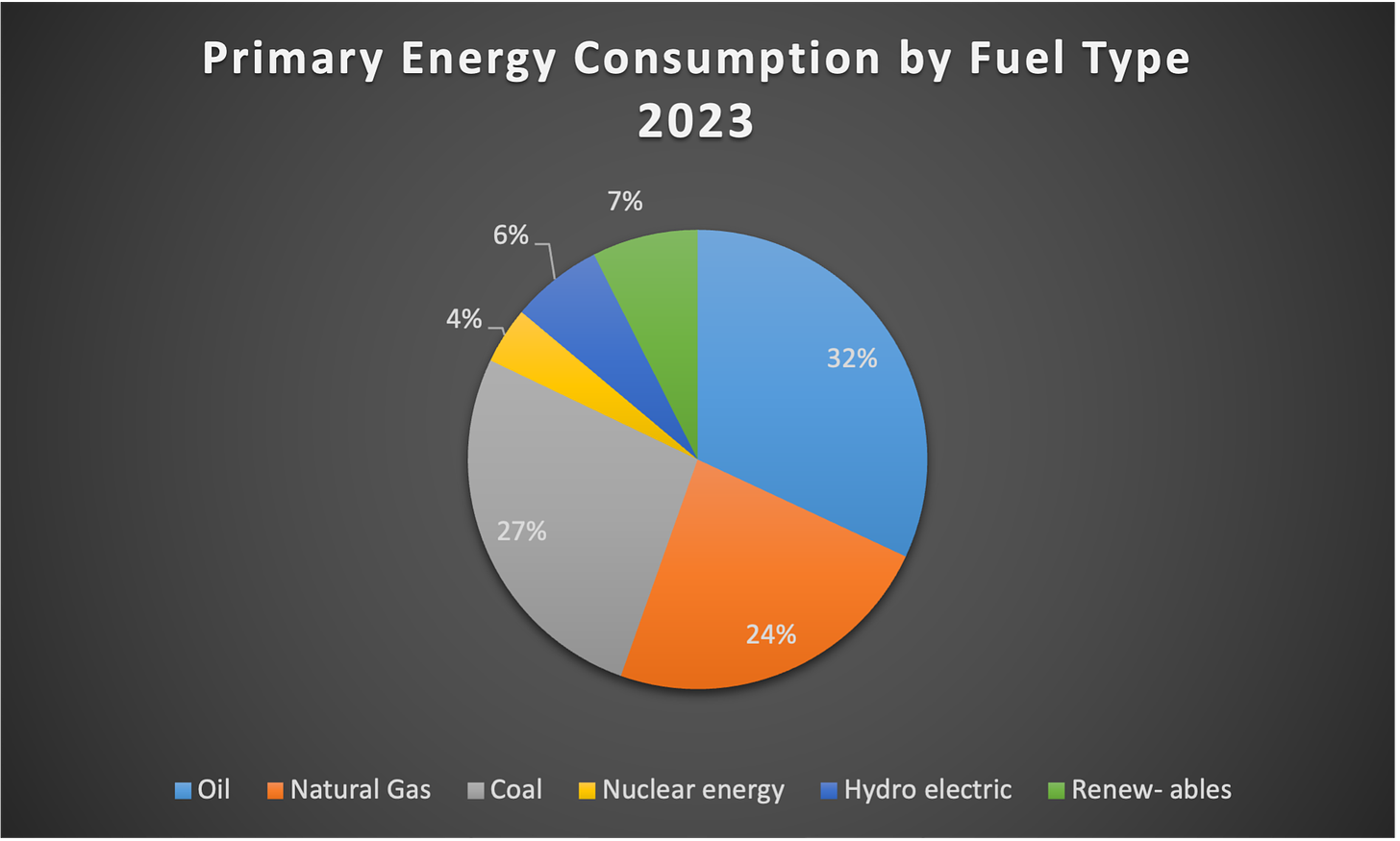
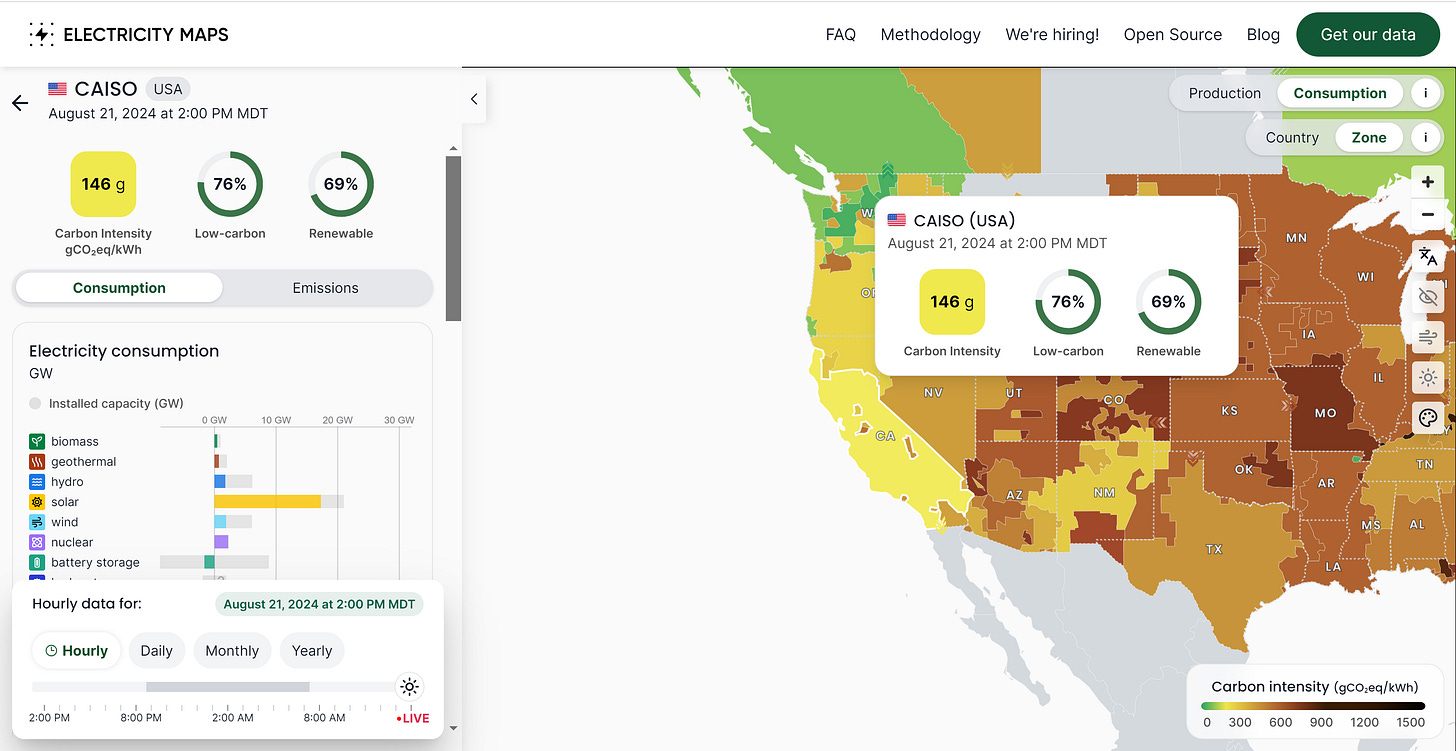

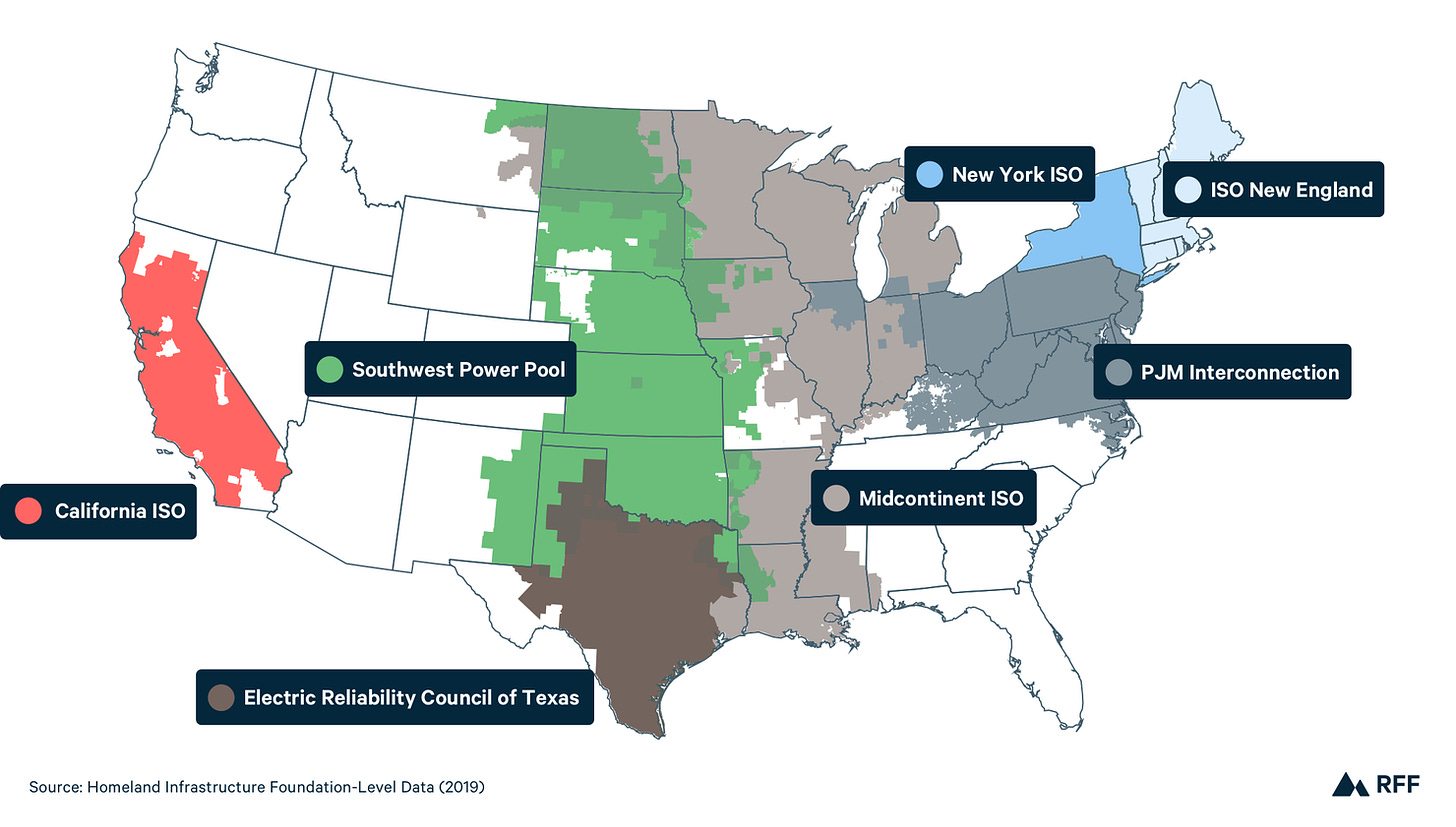
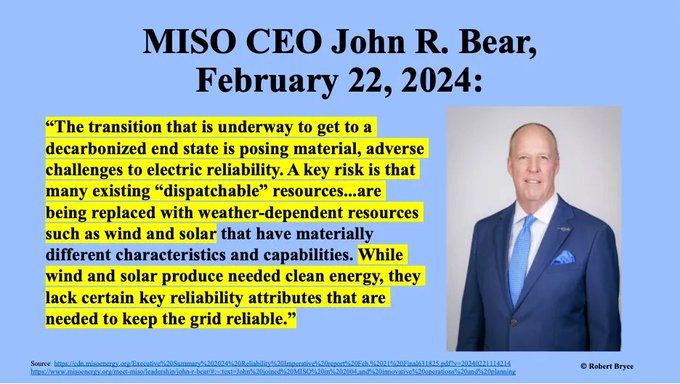
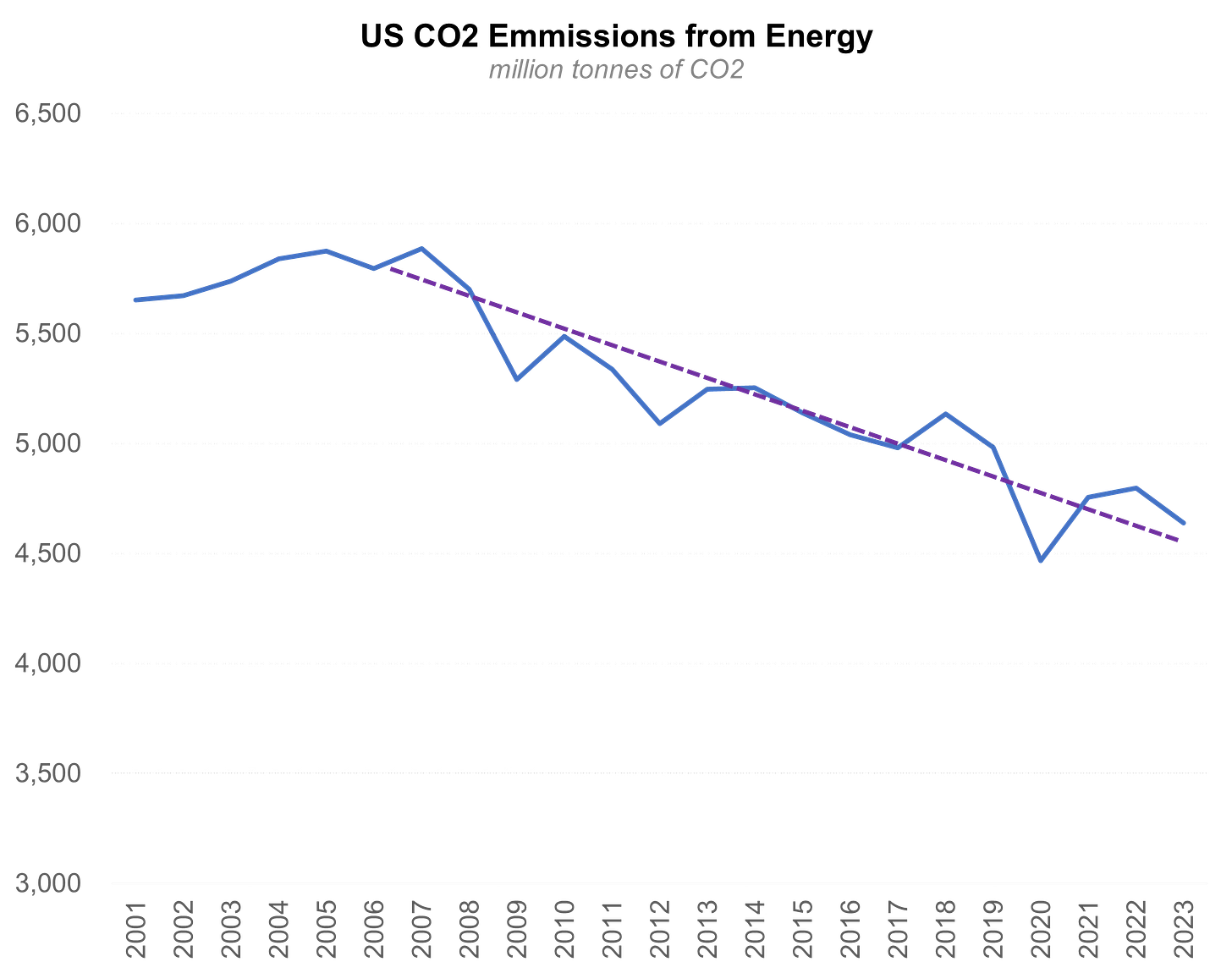





What size is the generator? Do you charge it from solar panels on your roof? A great resource for you to look into is Robert Bryce. He has a Substack and lives in Austin
Very smart. The good thing is that Texas has begun to react. Winterization has improved a lot. And the grants and loans being made available to finance the construction of natural gas are encouraging - I wrote an article on Texas https://www.macromashup.com/p/sometimes-texas-gets-it-right?r=af3i2